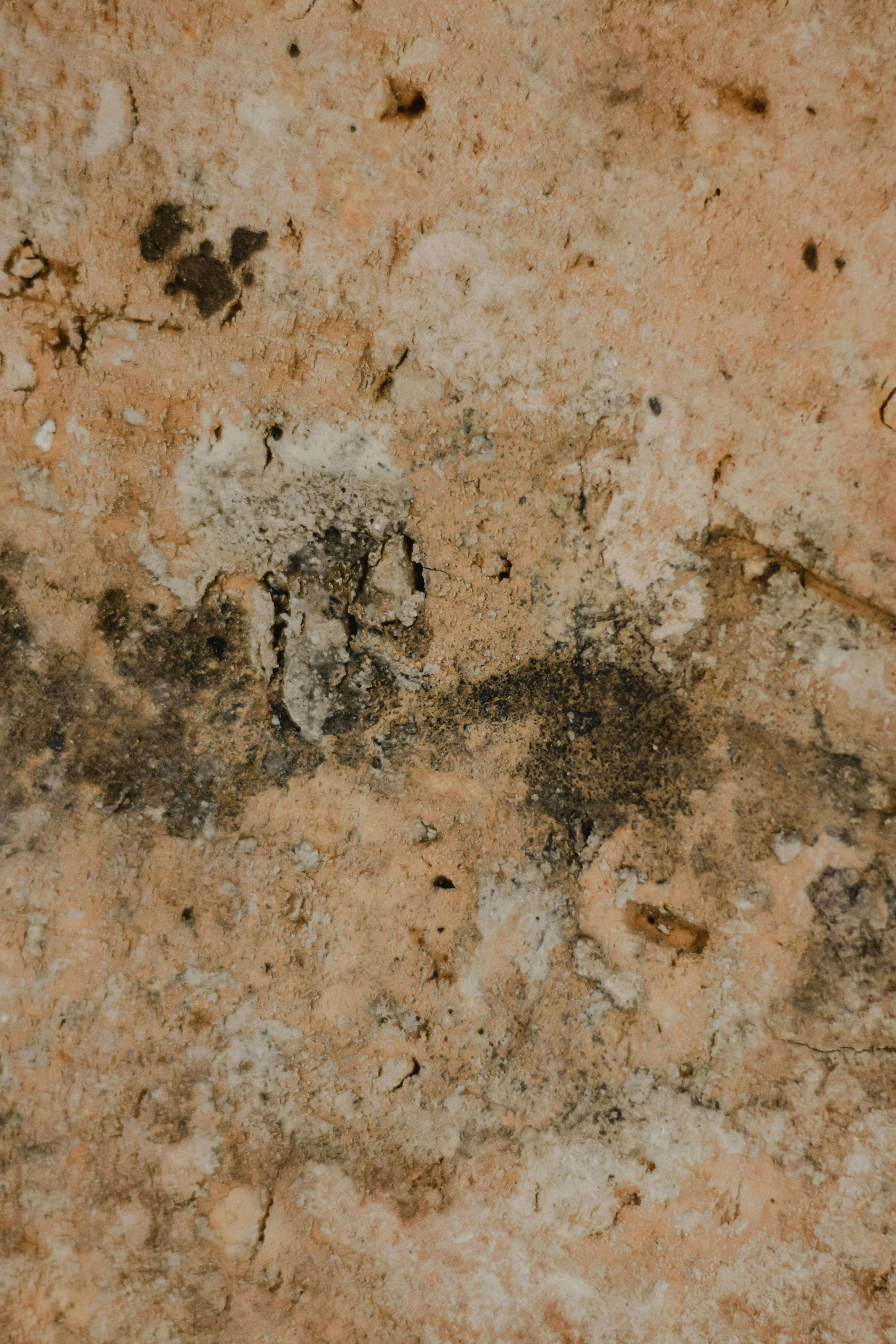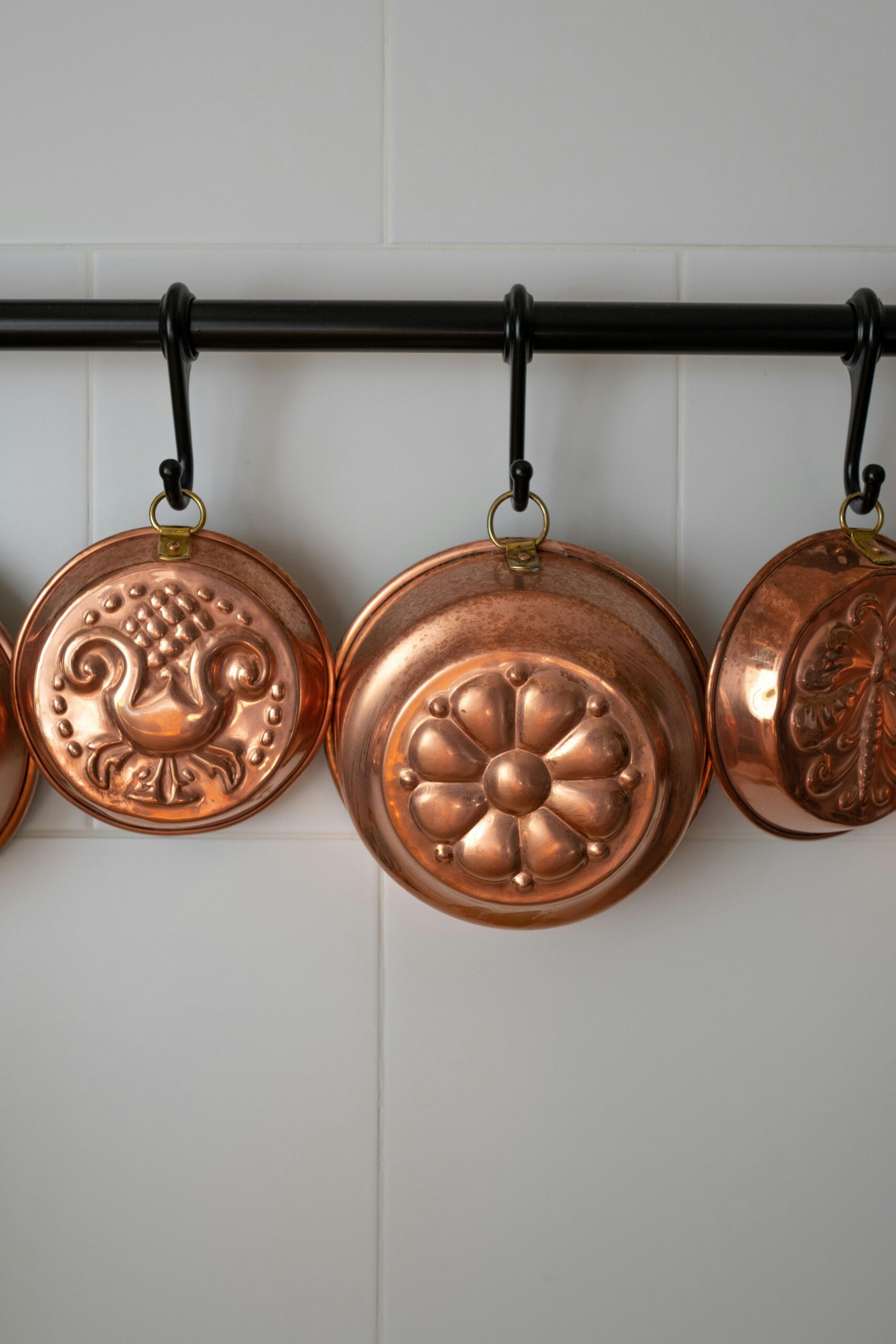Understanding Schimmel Wand: Causes and Solutions
What is Schimmel Wand?
Schimmel Wand, commonly known as mold on walls, presents a serious issue for homeowners. This problem not only compromises the aesthetics of your living space but can also pose health risks. **Mold growth** typically appears in places with high humidity, such as bathrooms and basements. It thrives in damp conditions, feeding on organic materials found in wall structures. Understanding its nature is crucial to effectively combatting this unwelcome intruder.
Identifying Schimmel Wand
To effectively address **schimmel wand**, it’s vital to identify its presence early. The most common signs include dark spots or patches on walls, a musty odor, or even health symptoms like sneezing or coughing. It’s essential to regularly inspect areas prone to moisture, like under sinks or around windows. Using tools like a moisture meter can help detect hidden dampness behind walls. Early identification is the first step in **mold remediation**, preventing it from spreading and causing more significant issues.
Common Causes of Mold Growth
Understanding what causes **schimmel wand** is critical in preventing its occurrence. High moisture levels are often the main culprit, which can result from inadequate ventilation, leaky pipes, or flooding. Additionally, temperature fluctuations can lead to condensation on cooler surfaces, creating a perfect environment for mold. Frequent inspections and regular maintenance can mitigate these risks. By addressing issues such as **poor insulation** or outdated drainage systems, homeowners can significantly lower the chances of mold developing on their walls.
Examine Your Home for Potential Risks
To effectively combat **schimmel wand**, it’s important to assess your home for potential risk factors. Consider the following practical steps:
- Inspect areas at risk of moisture accumulation, like bathrooms and kitchens.
- Check for any leaks in pipes or roofs.
- Ensure proper ventilation in high-humidity areas.
- Use moisture-absorbing materials in closets and bathrooms.
By regularly checking these areas, you’ll be more likely to catch problems before they escalate. Addressing these risk factors proactively is essential for mold prevention.
How to Remove Schimmel Wand
Once identified, the removal of **schimmel wand** requires a systematic approach. Depending on the extent of the mold growth, different methods may be employed. It’s important to take a comprehensive approach, including cleaning, repairing, and preventing future mold issues. Here’s how to tackle mold removal effectively.
DIY Mold Removal Techniques
If the affected area is not extensive, consider using DIY methods for **mold removal**. A mixture of vinegar and water can be an effective organic solution. Apply it to the moldy area, let it sit for an hour, and scrub the surface with a brush. Another popular method involves using hydrogen peroxide or baking soda. Both have proven efficacy against mold without harsh chemicals. However, when tackling larger infestations, you should consider professional services. These can ensure thorough clean-up and secure buildings from future infestations.

When to Call Professionals
In cases of severe infestation or if health concerns arise, hiring professionals for **mold remediation** may be wise. Professionals have access to advanced tools and techniques to ensure the complete removal of mold. They can also identify underlying issues, such as water damage or ventilation problems, and provide solutions. It’s often best to err on the side of caution, especially when dealing with black mold, which can be particularly harmful.
Preventing Future Mold Growth
After removing **schimmel wand**, prevention becomes your priority. Here are some key strategies to keep mold at bay:
- Maintain optimal humidity levels (30%-50%) using dehumidifiers.
- Ensure proper ventilation in areas like kitchens and bathrooms.
- Fix any leaks promptly to avoid moisture accumulation.
- Regularly clean and dry areas that are prone to dampness.
By implementing these measures, you can create an environment that is much less hospitable to mold, protecting both your home and health.
Health Risks Associated with Schimmel Wand
It’s crucial to be aware of the **health risks** associated with **schimmel wand**. Mold exposure can lead to various health problems, particularly affecting individuals with respiratory conditions or weakened immune systems. Even for healthy individuals, symptoms can include coughing, wheezing, nasal congestion, and eye irritation. Understanding these risks can highlight the importance of addressing mold problems in a timely fashion.
How Mold Affects Health
Exposure to mold can be harmful, leading to various health issues. People with asthma may experience exacerbated symptoms when exposed to mold spores, while others might develop allergic reactions. Prolonged exposure to certain types of mold can result in more severe health concerns and infections. It is particularly concerning for children, the elderly, and those with existing health conditions. Therefore, keeping your environment free from **mold spores** is not just beneficial but vital for maintaining overall well-being.
Mitigating Risks in Your Home
To mitigate health risks associated with **schimmel wand**, consider the following recommendations:
- Ensure your home is well-ventilated to limit moisture accumulation.
- Use air purifiers with HEPA filters to reduce airborne mold spores.
- Regularly clean and disinfect potential mold growth areas.
By following these guidelines, you will significantly reduce the risk of mold-related health problems within your home, creating a safer environment for everyone.
Conclusion
In summary, **schimmel wand** is a pervasive issue that can lead to serious structural and health problems if left unchecked. Recognizing the signs, understanding the causes, and implementing effective removal and prevention strategies are key to managing mold effectively. For better living conditions, prioritize regular inspections and maintenance to keep mold at bay.
FAQ
1. What are the signs of schimmel wand in my home?
Common signs of **schimmel wand** include dark spots on walls, a musty odor, and dampness in the air. Additionally, if you or your family members experience increased allergies or respiratory problems, it may indicate a mold problem in your home.
2. Can I remove schimmel wand myself?
Yes, minor cases of mold can often be addressed with DIY methods using vinegar, hydrogen peroxide, or specialized cleaning solutions. However, if the growth is extensive or if you’re unsure about handling it, seeking professional help is advised.
3. How can I prevent schimmel wand from coming back?
Preventing **schimmel wand** requires maintaining indoor humidity levels, ensuring proper ventilation, fixing leaks quickly, and conducting regular inspections of susceptible areas in your home. These steps help create an environment that is less conducive to mold growth.
4. Is schimmel wand always harmful to health?
While not all mold types are harmful, many can cause health issues, especially in sensitive groups. It’s crucial to take mold growth seriously and manage it promptly to minimize any health risks associated with it.
5. How long does it take for schimmel wand to grow?
**Schimmel wand** can develop within 24-48 hours in damp conditions. Therefore, addressing moisture issues quickly is essential to prevent rapid mold growth in your home.
